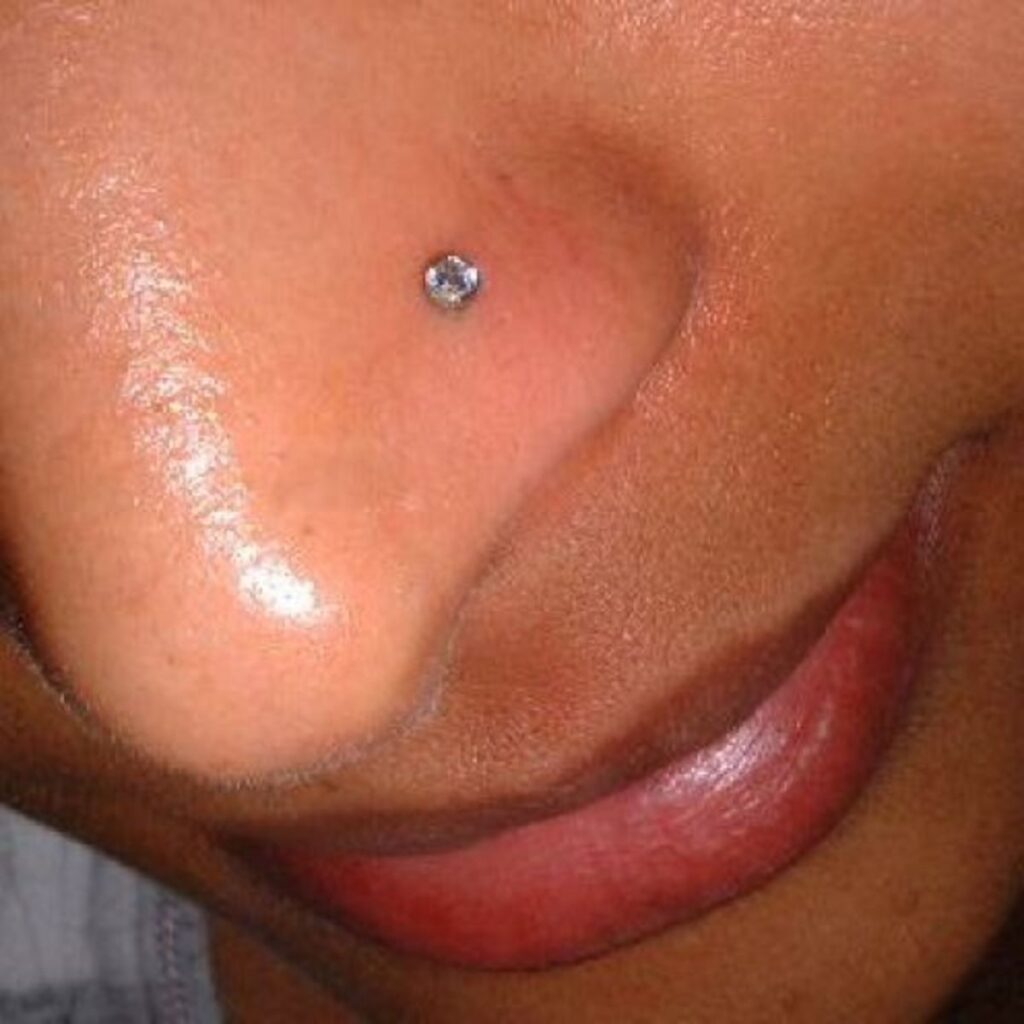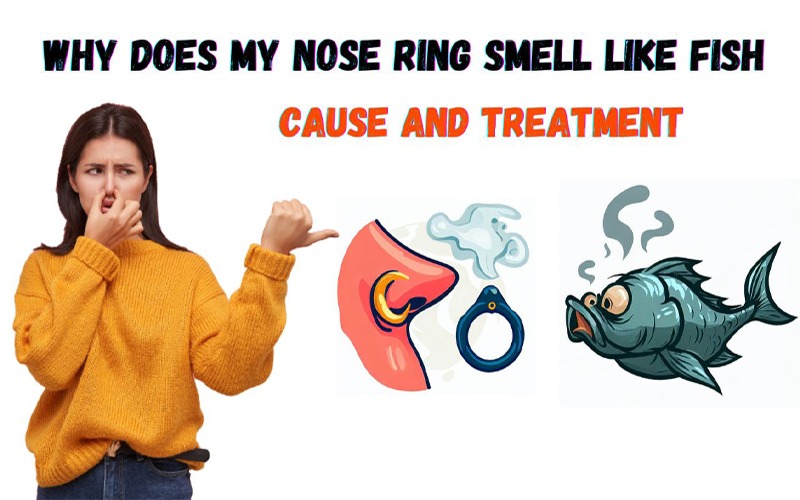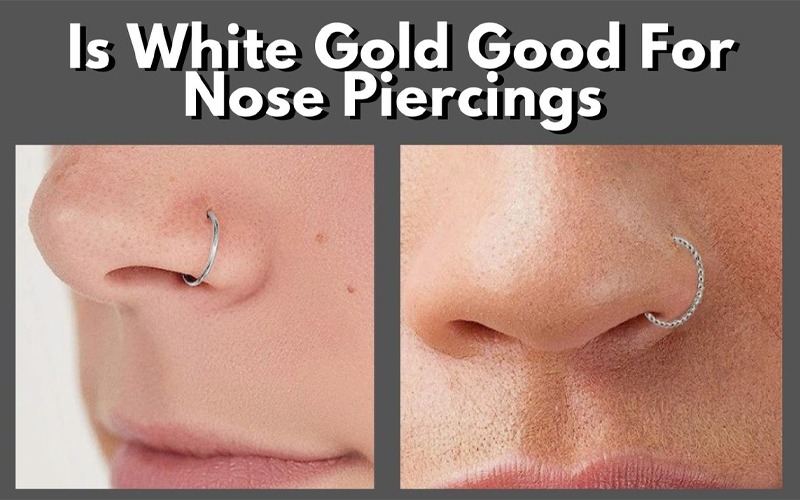The process of healing after a nose piercing is a nuanced and individual experience, varying greatly from person to person. While the anticipation of fully embracing this new addition to one’s aesthetic is understandable, determining the precise moment when a piercing is completely healed is critical to avoid complications. As an expert in the field, it is essential to approach this topic with the knowledge that the body’s healing mechanisms are complex, and a piercing’s appearance can be deceptive. A piercing that seems healed on the surface may still be undergoing significant healing processes internally. Consequently, it is imperative to recognize the established indicators of a healed piercing, such as the absence of tenderness, redness, and discharge, and to consider the average healing timelines provided by professionals. However, these signs alone do not guarantee complete healing, and further exploration into the subtleties of the body’s healing responses may reveal additional factors to consider before making any decisions regarding the piercing, such as changing the jewelry or ceasing aftercare practices.
Understanding the Healing Timeline
The healing timeline for a nose piercing can generally range from two to four months, but this period may vary depending on individual factors and aftercare practices. It’s crucial to understand that the initial healing process is just the beginning of the journey toward a fully healed piercing. During this span, the body works diligently to repair the wound, and with consistent care, some may find their piercings heal much faster.
However, it’s essential to note that for others, particularly those with less-than-ideal aftercare routines or unique physiological traits, it might take longer to heal. The piercing healing process is a delicate balance and a commitment to one’s freedom to express themselves through body art, requiring attentiveness to the body’s signals and needs.
To gauge whether a nose piercing is healed, one should look for signs of the body seamlessly embracing the piercing. Once the site no longer exhibits redness, swelling, discharge, or discomfort, it could be nearing the end of the healing time. Yet, be wary of deceptive calm; the absence of symptoms doesn’t always mean the piercing is fully healed. It is a common pitfall to rush the process, only to encounter setbacks that extend the healing time.
A piercing is considered fully healed only when there’s a complete regeneration of skin around the jewelry, and the area is free of any irritation. Knowing when your nose piercing is healed is a testament to the care and patience invested in the healing process. It marks a personal victory in maintaining the integrity of one’s self-expression through body modification.
Signs of a Healed Piercing
Recognizing a fully healed nose piercing involves observing specific indicators, such as the absence of swelling, redness, soreness, and discharge, along with the smooth edges of the piercing holes and the ability for the jewelry to move freely. When your body has done its meticulous work, the signs of a healed piercing become quite clear. The healing process typically differs for each individual, with nostril piercings taking about 2 to 4 months and septum piercings 3 to 4 months, but it can extend up to 6 months or more depending on the type of jewelry and the body’s response.
A healed nose piercing will not only look clean and devoid of crust or flaking skin but will also feel comfortable without any tenderness to touch. The scar tissue that forms will be settled and no longer sensitive. Moreover, the discharge that once signified your body’s hard work in healing will have completely ended. At this stage, you can also stop the strict saline aftercare schedule that supported the nose piercing healing journey.
Freedom comes with a healed piercing, as you can now explore different styles of jewelry without the worry of irritating a sensitive spot. However, it’s vital to ensure that any new jewelry is of appropriate size and material to prevent undue stress to your now-healed piercing.
Potential Healing Complications
While a nose piercing can be a stylish expression of individuality, it’s crucial to be aware of potential healing complications that can arise during the recovery process. Healing times can vary, and understanding the signs of potential issues is key to ensuring your nose piercing heals optimally.
To maintain your freedom of expression through body art while also safeguarding your health, consider these medically reviewed points during the healing stages:
- Infection Signs: Persistent redness, heat, swelling, or discharge may indicate an infection. Fever and shivering are systemic signs that require immediate medical attention. Ensuring that the piercing is still healing in a clean and controlled environment is essential to avoid these complications.
- Improper Healing Symptoms: Symptoms such as prolonged itching, excess redness, blistering, thick or dry skin around the piercing, pain, or a burning sensation could suggest your piercing is not healing correctly. Avoid touching the piercing with unclean hands, as this can introduce bacteria and lead to complications.
- When to Seek Professional Help: If you experience severe pain, fever, pus, or any signs of improper healing, it is crucial to consult a healthcare provider. New tissue growth and healing should be monitored to ensure they are progressing without issue.
Proper Aftercare Techniques
Adhering to proper aftercare techniques is essential for the healthy healing of a nose piercing, starting with regular cleansing using a saline solution. Freedom in body modification comes with the responsibility of ensuring your new nose piercing heals optimally. Take charge of your piercing aftercare by embracing a routine that includes gentle, hygienic practices.
Wash your hands thoroughly before touching your nose piercing to prevent the introduction of bacteria. Use a sterile saline solution, which can be purchased or made at home with non-iodized salt and distilled water, to clean your piercing twice daily. Soak a clean gauze or paper towel with the solution and gently apply it to the area, avoiding any unnecessary movement of the jewelry.
To maintain the integrity of the healing process, avoid using harsh chemicals such as hydrogen peroxide or alcohol-based products. These can irritate the skin and delay recovery. Instead, opt for a mild, unscented soap if necessary. Once you’ve cleaned the area, dry with a clean, disposable paper product to avoid the risk of contamination from reusable towels.
Be patient and resist the urge to change my nose piercing before it’s fully healed. Typically, a period of 6-8 weeks is necessary before safely swapping jewelry, but always consult a professional piercer if in doubt. If any signs of complications arise, like discharge, excessive redness, or persistent pain, seek advice from a piercing expert.
Below is a table summarizing the key aftercare steps:
| Step | Action | Frequency |
|---|---|---|
| Clean | Use sterile saline solution | Twice daily |
| Dry | Pat gently with a clean paper product | After cleaning |
| Consult | Seek advice from a professional piercer | As needed |
Proper aftercare is the path to freedom in enjoying your body art without complications, ensuring the healing process is as smooth and swift as possible.
Changing Your Nose Jewelry Safely
When it’s time to infuse new style into your healed piercing, understanding the safe method to change your nose jewelry is crucial to maintain the health of your piercing site. A Nose Piercing Take on a new look can be exciting, but ensuring your Nose Piercing Is Fully healed is essential before making any changes. How long does it take for a piercing to heal? Generally, thicker cartilage can take longer to heal than thin, softer tissue.
For those who value their freedom and self-expression through body art, it’s important to know when and how to change your nose jewelry safely. Here are three key steps to follow:
- Confirm Complete Healing: Look for signs that your piercing is fully healed, such as no discharge, smooth edges around the piercing site, and the ability to move the jewelry slightly without discomfort. Generally, nose piercings take several months to heal, but this can vary depending on the type and individual healing rates.
- Consult Your Piercer: If you’re unsure whether the piercing has healed, it is safer to consult a professional piercer. They can assess the site and advise you on the readiness of your piercing for a jewelry change.
- Gentle Replacement: Once healing is confirmed, gently remove the existing piece, ensuring your hands and the new jewelry are both clean. It’s important to keep the new jewelry in place without forceful pushing or pulling to avoid irritating the piercing.





